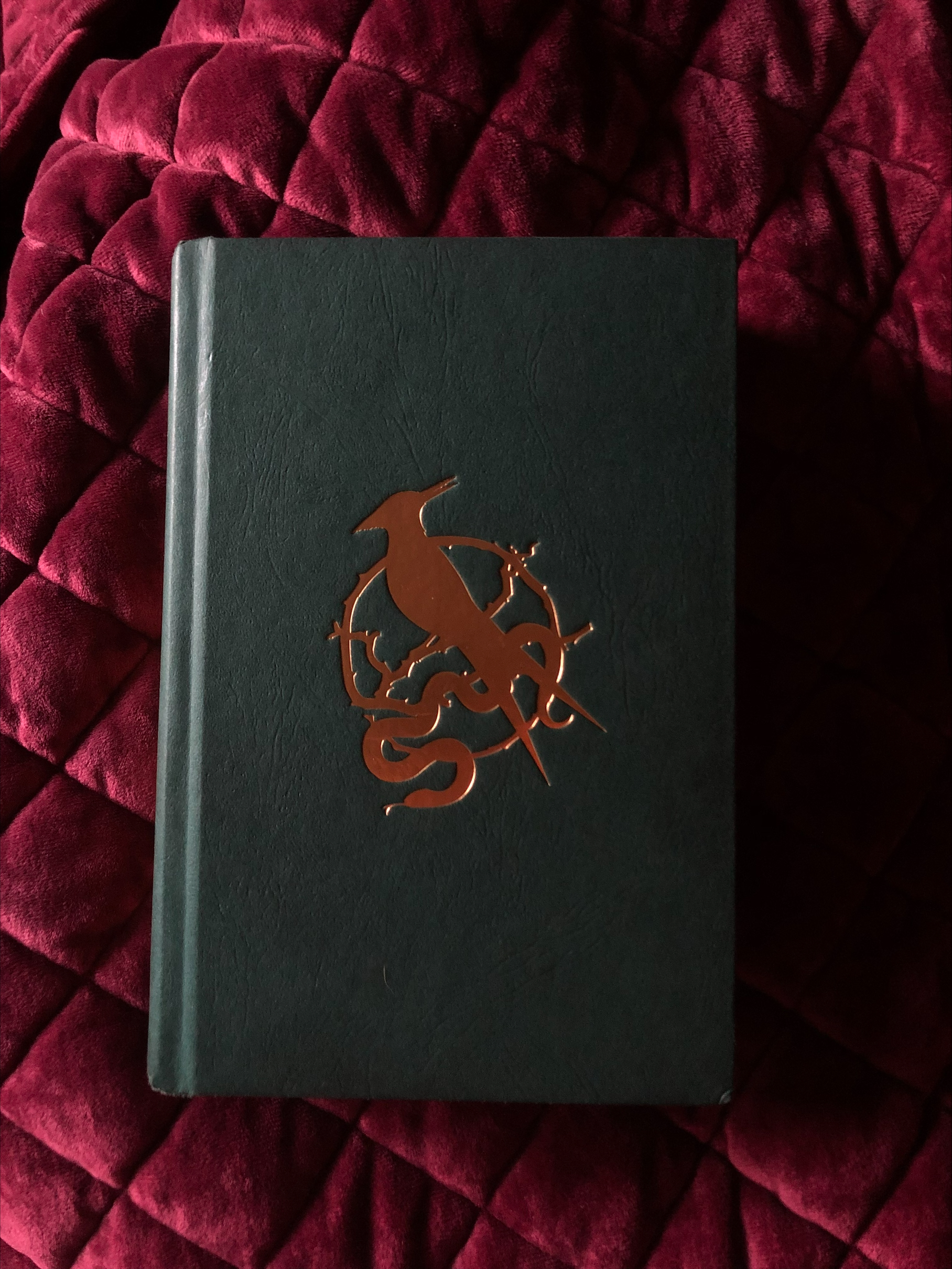By Josie Osborne, Campus News Editor
The talk of romance fills the air during this month of love with Valentine’s Day festivities in full swing. People love to talk about love, so it’s no surprise that they also love to read about it.
Throughout the years, romance books have topped the charts in the publishing world. But “romance” is a broad genre, so what really determines if a work fits the title of a book of love?
Of course, that creates a whole other assortment of inquiries. We then ask, “Well, what is love?”
Dr. Allyson Marino, Associate Professor of English, attempts to answer this question in a class she often teaches, UE: ENG 210: Love and Desire in Literature.
“That’s a big question,” she says. The class often spends the whole semester trying to answer that one seemingly simple question, but it ends up leading down rabbit holes with no end in sight.
Throughout the history of humanity, we’ve been trying to answer this question. From Greek mythology and Middle Age stories of courtly love to contemporary novels of romantasy, the idea of love has evolved time and time again.
But as we traverse this romantic landscape of literary works, some popular stories are to be questioned. Are they really romance?

Take Wuthering Heights by Emily Bronte, a 19th century novel often found within high school curriculum, for example. Upon first glance from an unknowing, book-loving Goodreads user, this novel appears to be one that has “the passionate love between Catherine Earnshaw and Heathcliff” at its core, as stated in the first line of the Goodreads summary.
However, upon further examination from a mature reader, one will find this “romance” to be quite disturbing and problematic, as it involves obsession, violence, a traumatic powerplay that transcends generations.
Twilight, a romance series that has stood the test of pop-culture trends since its release in 2005, features a handsome, desirable male lead in the form of an immortal vampire, and a competing secondary male lead as a possessive, buff werewolf.
While many romanticize the paranormal saga, many could argue the behaviors Edward and Jacob exhibit aren’t healthy attributes that compose a good relationship. With a majority of Twilight readers being young adults and teenagers, we encounter the danger of the “love story.”
With dark romance on the rise in the thriving world of BookTok, these problematic ideas and themes are illustrated more than ever. Is this media romanticizing toxic relationships, cannibalism, and dystopia more akin to romance or horror? And if so, why are they so popular?
Dr. Marino suggests there is more than just love at play.
Dark romance, she suggests, often blends the idea of love, death, and power, all ideas humans struggle with and have struggled with for centuries.
On one hand, with a variety of new subgenres, including dark romance, a plethora of perspectives are shared, allowing every person to see their individual preferences and experiences.
On the other hand, these subgenres offer an exploration of something else.
“Romance novels with dark or horror themes is to have a catharsis, a place to explore those feelings,” Dr. Marino says, “the ideas of power, powerlessness, and agency.”
“Fiction, whether it is film or novels,” she continues, “lets us deal with the forbidden or to lose self-restraint.”
“Especially when the subject is taboo, like we see it with horror in general, it allows us to explore that idea in a way that is not taboo, because it’s all happening in the imagination or a creative way,” Dr. Marino explains.
Romance novels and their subgenres give readers the chance to explore love and forbidden relationships as the concept of romance and dating culture changes. However, we find ourselves facing a double-edged sword.
“We love horror films, but we don’t want to be in a horror film,” she qualifies.
While it may be comforting for people, especially young adults and teenagers as they journey through fields of uncertainty and changes, to read of all-consuming love from vampires and cannibals or the eternal companionship of gods and mythological beings, it is important to make the distinction from a healthy reality and an escapist fantasy.
“You know that you’re not really going to go meet a 117-year-old vampire who will be your love for the rest of time,” Dr. Marino says, but she continues to explain that these stories allow readers to feel less alone, seen, and at the end of the day, comforted by the pleasure they offer.
Therefore, while romance media will always have a warm place in consumers’ hearts, it is important to understand, especially as younger audiences, that these stories have their place, and sometimes, it’s best to leave them on the pages.





